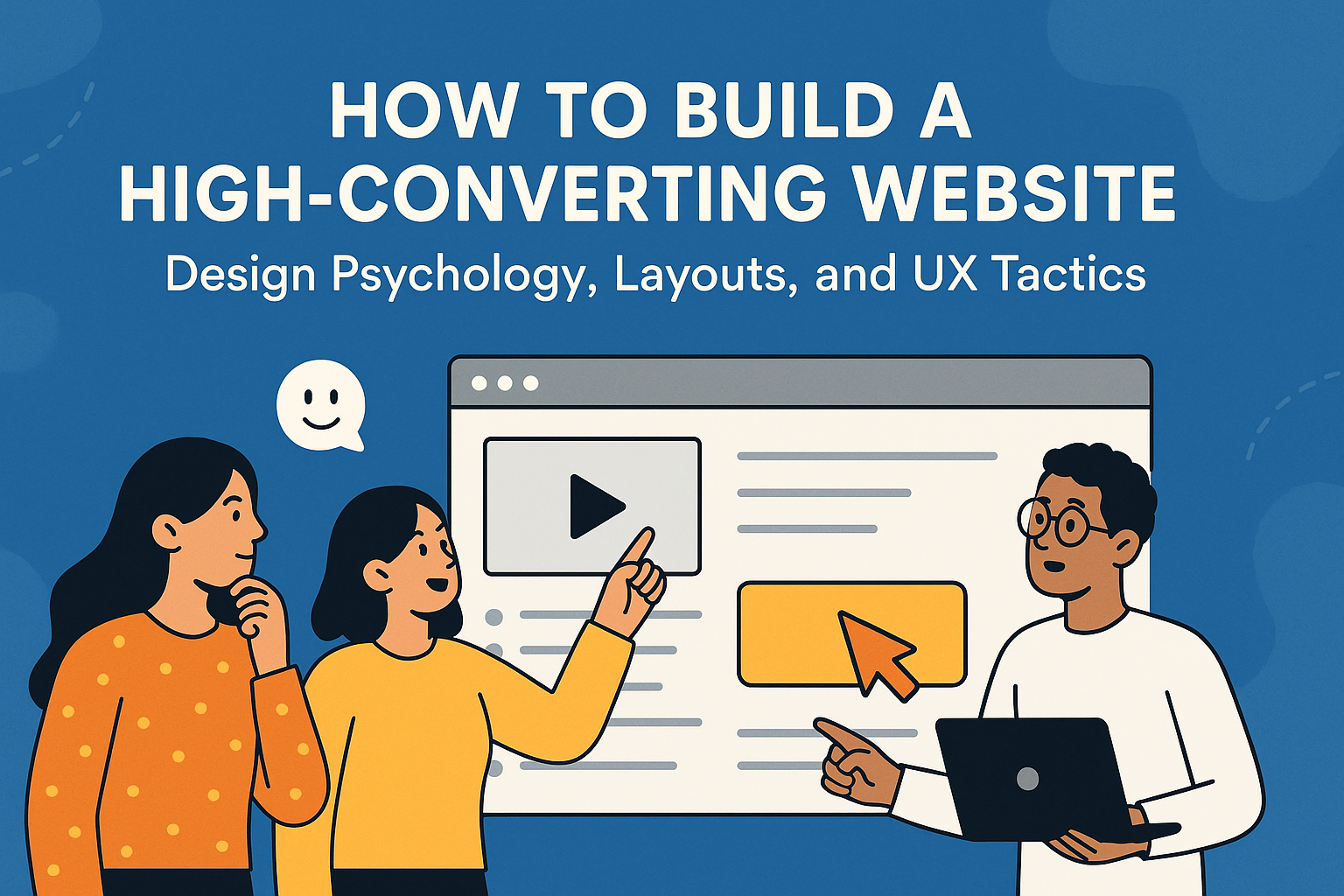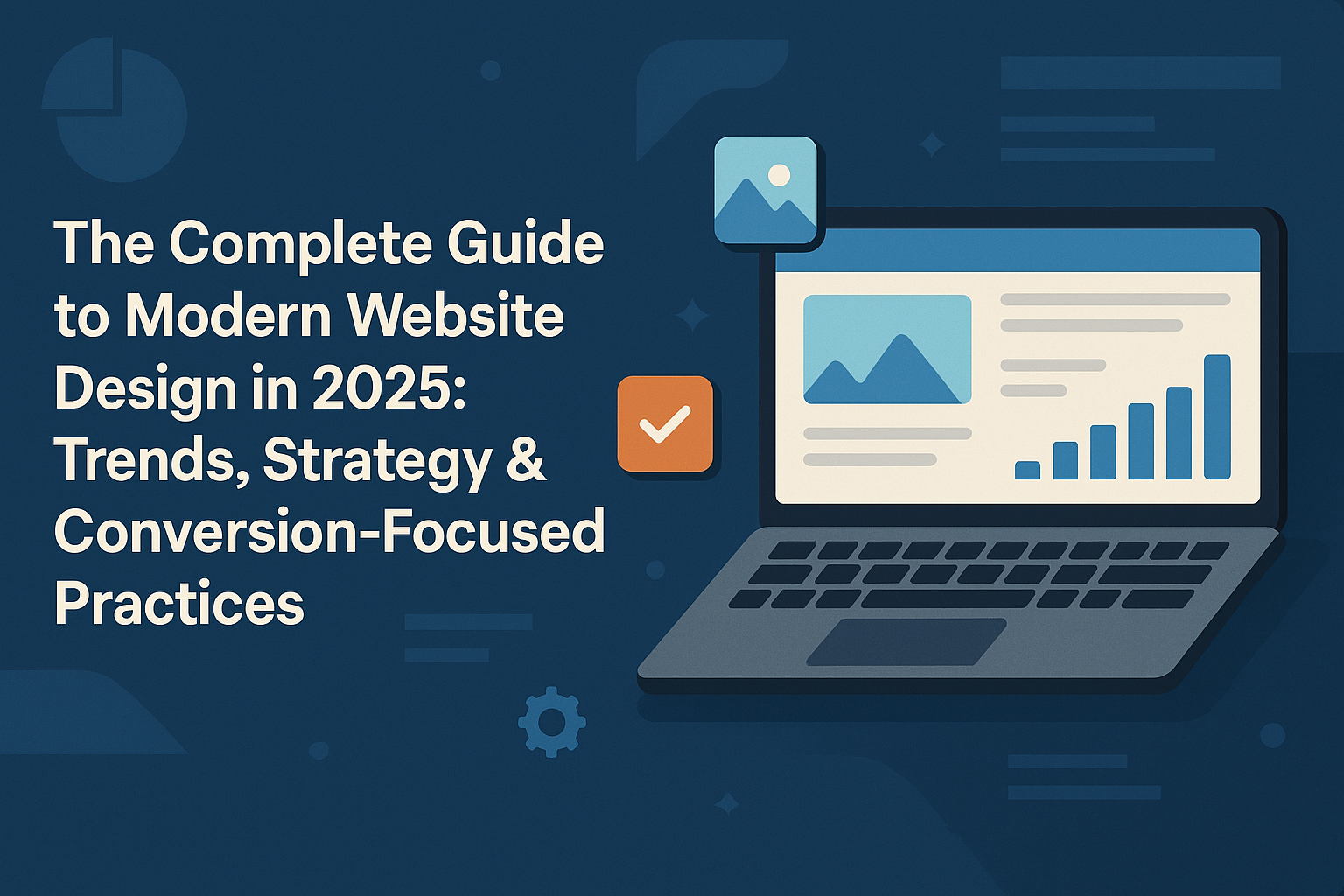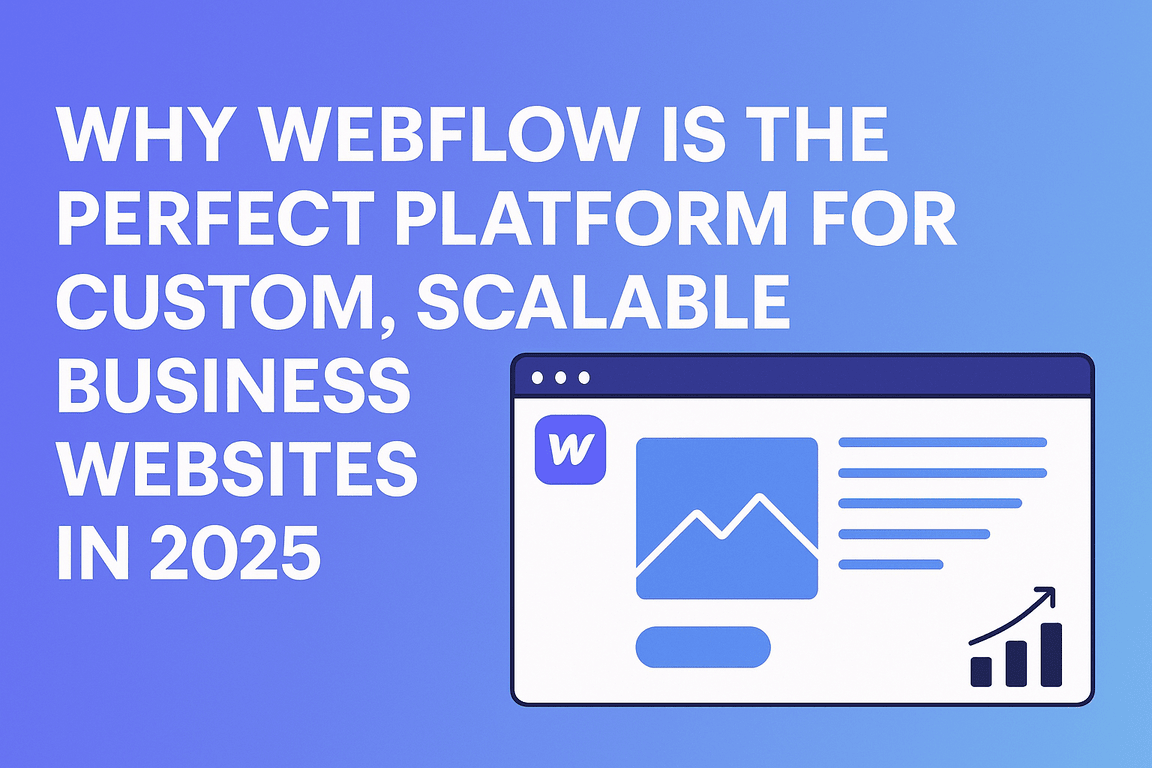In the digital world, your website is more than just a presence—it’s your top salesperson. A well-designed website doesn’t just look good; it converts visitors into leads, customers, or clients. At Infuse Digitals, we specialize in crafting high-converting websites that bring measurable results. In this guide, we’ll break down the essential strategies, psychological triggers, and layout structures that make websites work smarter.
1. The Foundation: What is a High-Converting Website?
A high-converting website is strategically built to encourage users to take specific actions, such as making a purchase, filling out a form, or booking a consultation. It’s not just about aesthetics; it’s about optimizing every element for performance.
Characteristics:
- Clear and compelling call-to-action (CTA)
- Fast loading speed
- Mobile responsiveness
- Trust-building elements (reviews, testimonials, security badges)
- Intuitive user experience (UX)
Want a website that drives real results? Explore our web design services.
2. Leveraging Design Psychology
Design psychology is the art and science of influencing user behavior through visuals, structure, and flow.
Key Psychological Triggers:
a. Color Psychology:
- Blue = Trust (great for finance and SaaS)
- Red = Urgency (limited-time offers)
- Green = Peace, health, and action (e.g. eCommerce “Buy Now”)
b. Visual Hierarchy: Use size, color, and placement to guide users’ attention from headlines to CTAs.
c. The F-Pattern and Z-Pattern Scanning: Users scan in predictable patterns; design accordingly.
d. Social Proof: Include real testimonials, user reviews, and client logos.
e. Cognitive Fluency: Keep layouts clean and language simple. The easier it is to process, the more likely they are to convert.
3. High-Converting Layout Structures
Every page on your site should be purpose-driven. Here’s how to structure key pages:
Homepage Layout:
- Hero section with clear value proposition & CTA
- Trust signals (logos, reviews, certifications)
- Service or product highlights
- Call-to-action repeated mid-scroll
- Footer with contact info and secondary CTA
Landing Page Layout:
- Strong headline & supporting subtext
- One core offer or goal
- Benefit-focused bullet points
- Engaging visual (product photo, demo, etc.)
- Lead form or direct CTA
Product Page Layout:
- High-quality product images and videos
- Clear pricing
- Prominent “Add to Cart” button
- Customer reviews and FAQs
- Scarcity/urgency signals (“Only 3 left”)
4. UX Tactics That Drive Conversions
A seamless experience increases time on site and likelihood of conversion.
Best Practices:
- Mobile-first design: Over 60% of traffic is mobile
- Fast loading time: Aim for under 3 seconds
- Sticky navigation: Always keep important links accessible
- Minimalist form design: Only ask for essential info
- Live chat or chatbot integration: Instant support = higher conversions
Tools to Use:
- Google Analytics & Hotjar for behavior tracking
- A/B testing tools (Optimizely, Google Optimize)
- Page builders like Webflow, Shopify 2.0, or WordPress with Elementor
Need expert help building a seamless user experience? Let’s get started.
5. Call-to-Actions: Make Them Unmissable
A great CTA is:
- Clear and specific (e.g., “Book Your Free Audit”)
- Visually distinct (contrasting button color)
- Placed repeatedly (top, middle, bottom of the page)
Examples:
- “Get My Free Proposal”
- “Start Your Project Now”
- “Let’s Build Your Website Together”
6. Avoid These Conversion Killers
Even a beautiful website can underperform due to common mistakes:
- Sluggish page speed
- Confusing or cluttered layouts
- No clear next step (CTA)
- Overwhelming users with too much content
- Ignoring SEO structure and alt-text
Want a free homepage audit? Request yours now.
Conclusion
A high-converting website is a smart mix of design, psychology, UX, and clear CTAs. Whether you’re starting from scratch or revamping your current site, following these principles will dramatically increase your results.
At Infuse Digitals, we specialize in crafting conversion-optimized websites tailored to your brand and business goals.
Ready to build a site that sells? Contact our web design team today.




